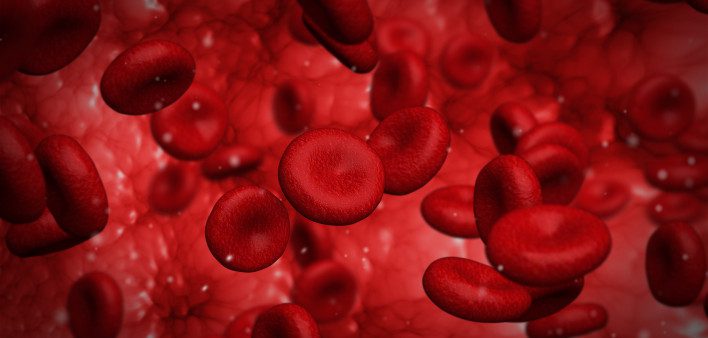Search by Color or Cause


Hemochromatosis Screening and Awareness Month is observed during July. Hemochromatosis is an inherited disorder of excessive body accumulation of iron. In addition, it is primarily common among the white population, affecting approximately 1 in 400 individuals of European ancestry. Hemochromatosis patients are believed to absorb excessive amounts of iron from the diet. Since the human body has limited ways of eliminating the absorbed iron, the iron accumulates. As a result, this accumulation occurs in the liver, bone marrow, pancreas, skin, and testicles. This accumulation of iron in these organs causes them to function poorly.
Hemochromatosis Screening and Awareness Month educates the general public that patients with early hemochromatosis have no symptoms, and are unaware of their condition. The disease may then be discovered when elevated iron blood levels are noted by routine blood testing. In males, symptoms may not appear until 40-50 years of age. Further, iron deposits cause darkening of the skin. Since females lose iron through menstrual blood loss, they develop organ damage from iron accumulation 15 to 20 years later than men on average. Hemochromatosis is represented by the color burgundy or red. Wear a red or burgundy enamel awareness ribbon pin, fabric ribbon, or red or burgundy silicone awareness wristband bracelet for this important awareness month.
Hereditary hemochromatosis is one of the most common genetic disorders in the United States. People of Northern European descent have a higher chance of having an altered HFE gene. This means that about 1 in 225 people in this population have two copies of the gene and are at risk of developing hemochromatosis.
Because hemochromatosis symptoms are nonspecific, patients who are considered at risk for this disease should be screened regularly. This way, if the disease is present, doctors can find and treat it in its early stages.
The main treatment for this disease is phlebotomy. You undergo phlebotomy at routine intervals (weekly to monthly) until your iron level returns to normal. This could take anywhere from a few weeks to a few years, depending on the iron levels at the time of diagnosis.
To help maintain normal iron levels, you should avoid iron supplements, restrict your vitamin C, red meat, raw shellfish, and alcohol intake, and be screened regularly.
Learn more about the risks, symptoms, and treatments from William Palmer, M.D. FACP, at the Mayo Clinic.